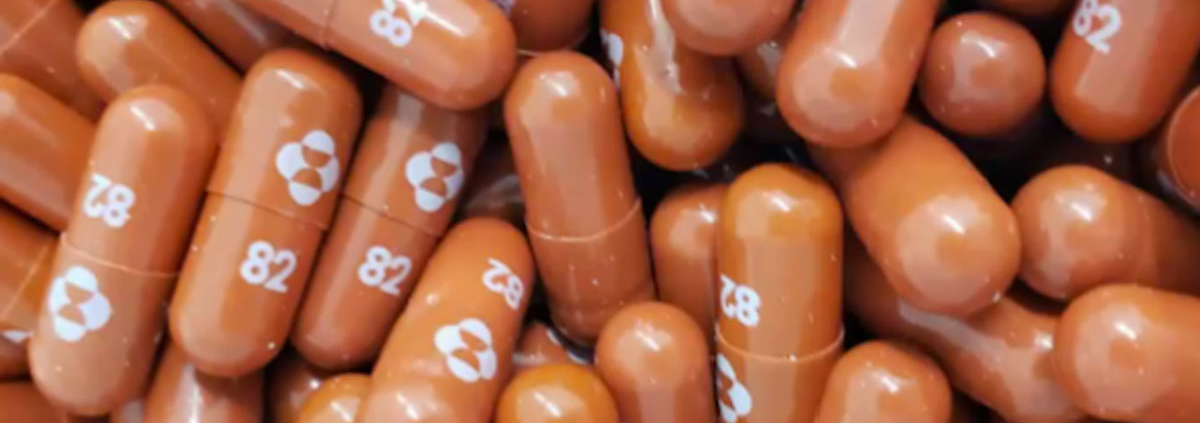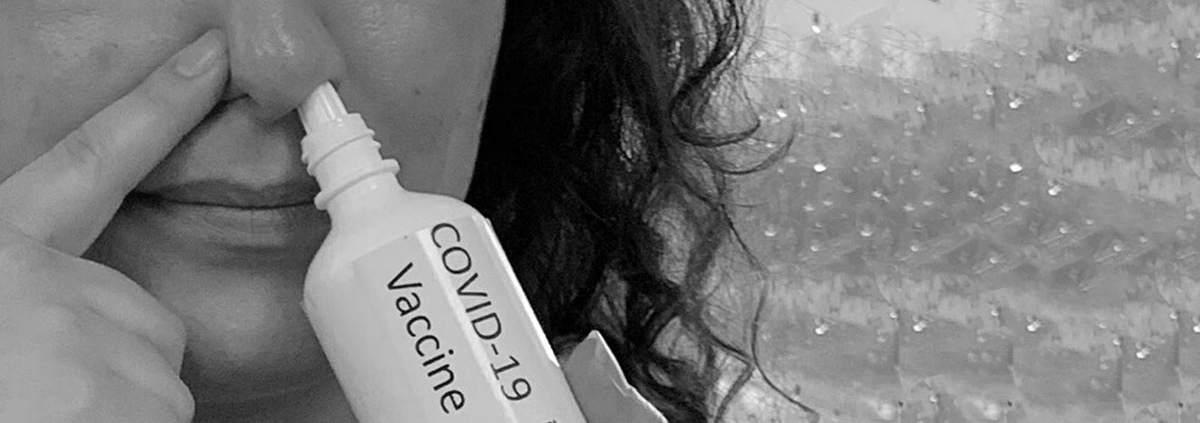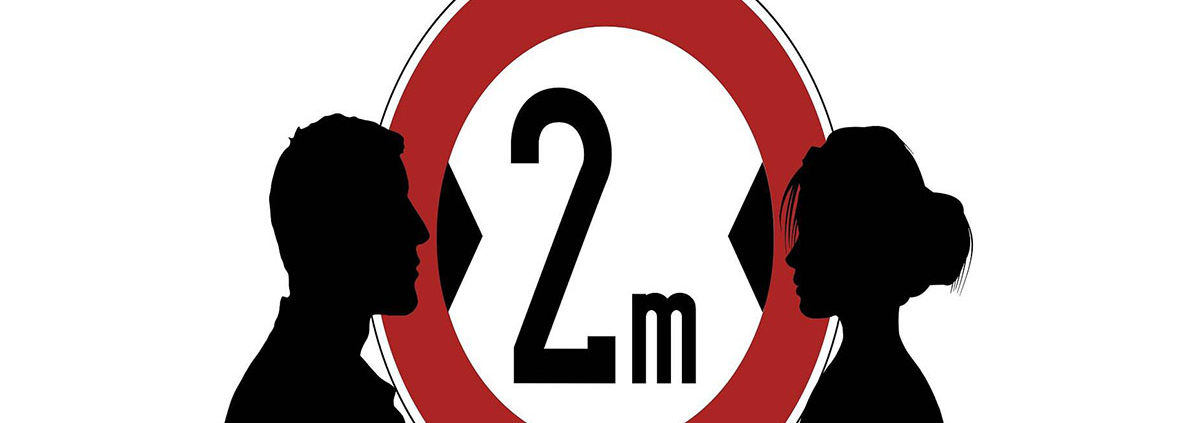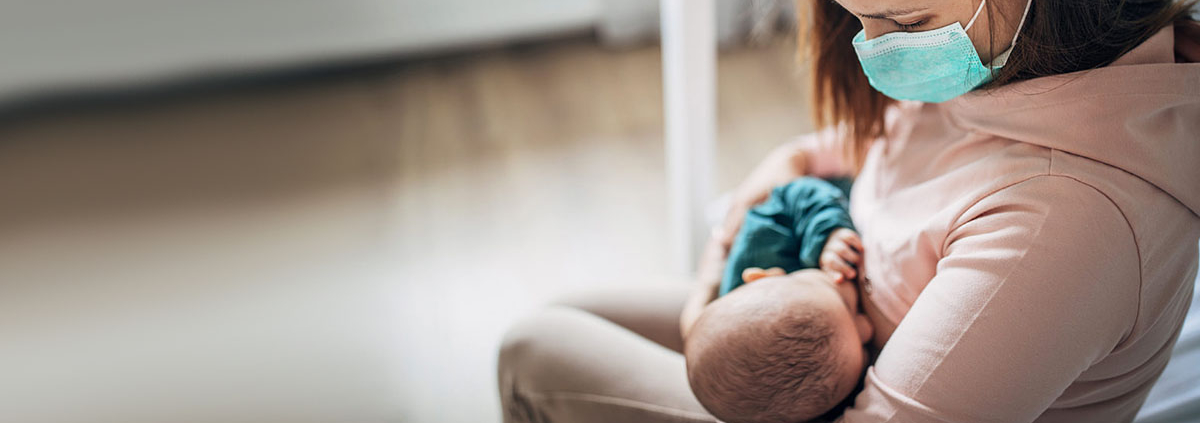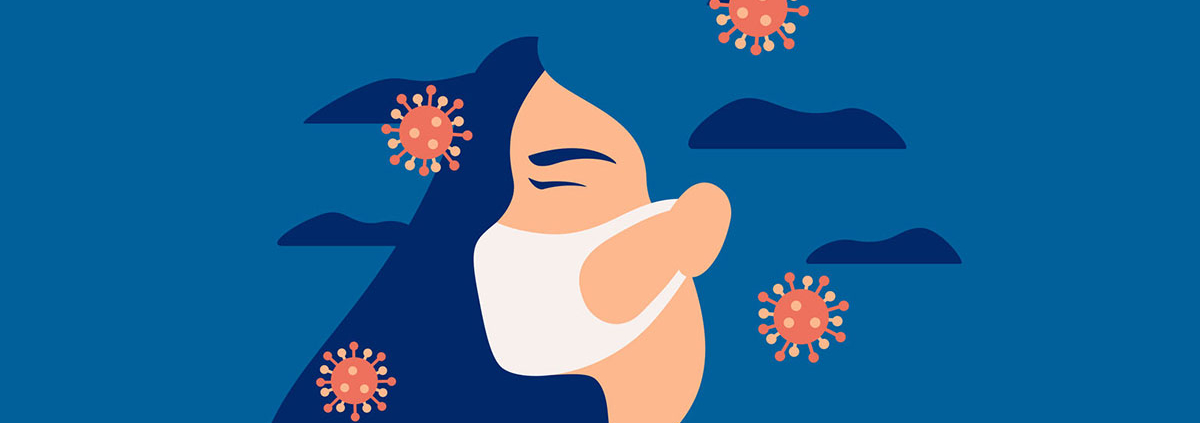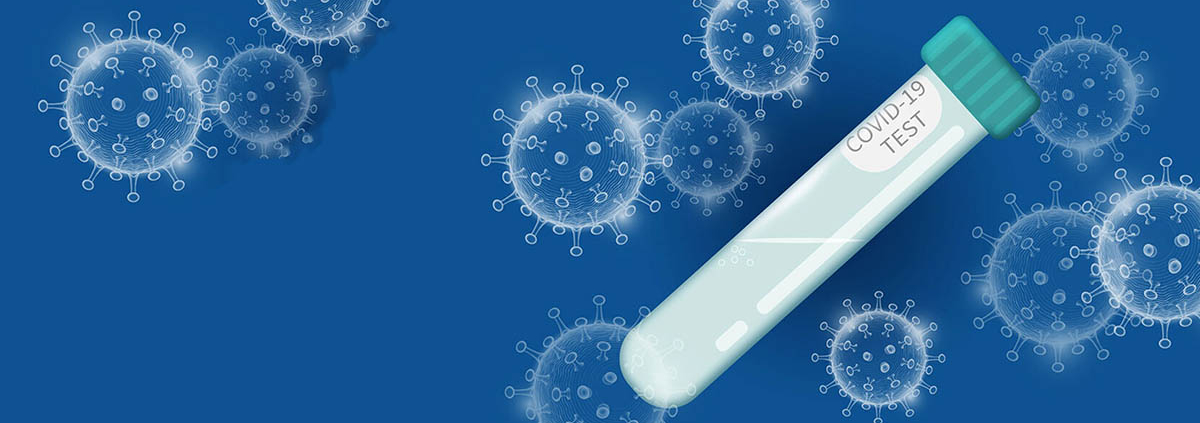The prevalence of auditory symptoms in Covid-19 patients is unknown, but infection of the inner ears may be responsible for hearing and balance problems.
Many Covid-19 patients have reported symptoms affecting the ears, including hearing loss and tinnitus. Dizziness and balance problems can also occur, suggesting that the SARS-CoV-2 virus may be able to infect the inner ear.
A new study from MIT and Massachusetts Eye and Ear provides evidence that the virus can indeed infect cells of the inner ear, including hair cells, which are critical for both hearing and balance. The researchers also found that the pattern of infection seen in human inner ear tissue is consistent with the symptoms seen in a study of 10 Covid-19 patients who reported a variety of ear-related symptoms.
The researchers used novel cellular models of the human inner ear that they developed, as well as hard-to-obtain adult human inner ear tissue, for their studies. The limited availability of such tissue has hindered previous studies of Covid-19 and other viruses that can cause hearing loss.
The study and results are published in the Journal of Communications Medicine.
Release date: 29 October 2021
Source: assachusetts Institute of Technology


